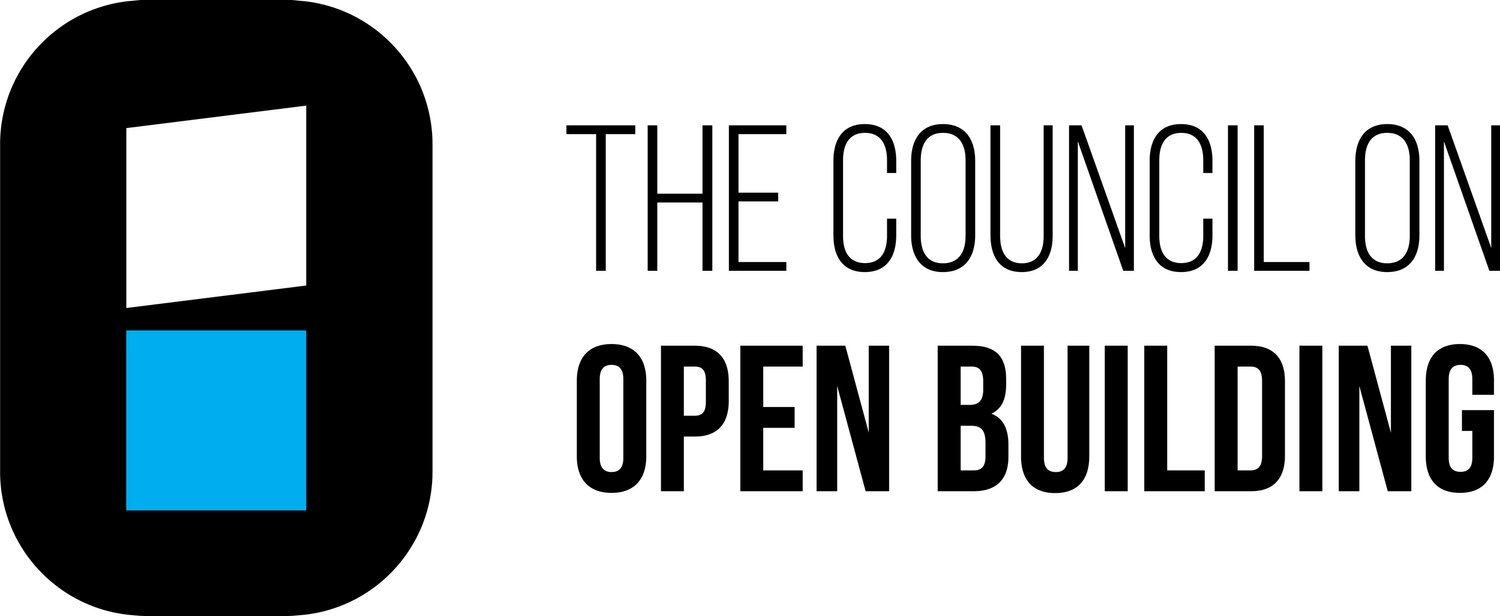THE EDUCATION STRAND
When we think of the extent to which school construction figures in the construction economy, when we think about how many of these facilities exist all over the country and the fact that school districts tend to do major replacements and renovations in 30-year cycles, it's a challenge. It's a problem that we have a stock of school buildings which are not really in harmony with the way pedagogy is evolving, the way teaching and learning take place, or need to take place, in our current context. Ideas about pedagogy are constantly changing and the approach to teaching and learning is constantly shifting. In this context, rigid buildings really don’t make sense. School district are starting to move away from a one-teacher, one-classroom enclosed, internalized environment to a more fluid environment where people work in small groups, where they work in the classroom and also work outside the classroom. We're starting to see schools require more common areas, where different forms of learning can take place simultaneously.
This is where the Open Building approach meets the challenges of designing 21st century educational environments – for K-12 programs and also for universities. Designing for change. No one has a crystal ball, so our challenge is not to develop new standards, or templates, but to plan for the unforeseen. This is fundamentally new, and architects, planners and educational leaders need to work closely together to address these opportunities. Part of our job is to study and learn from the best educational environments built 100 years ago that still endure – precisely because they could adjust to changing realities.

